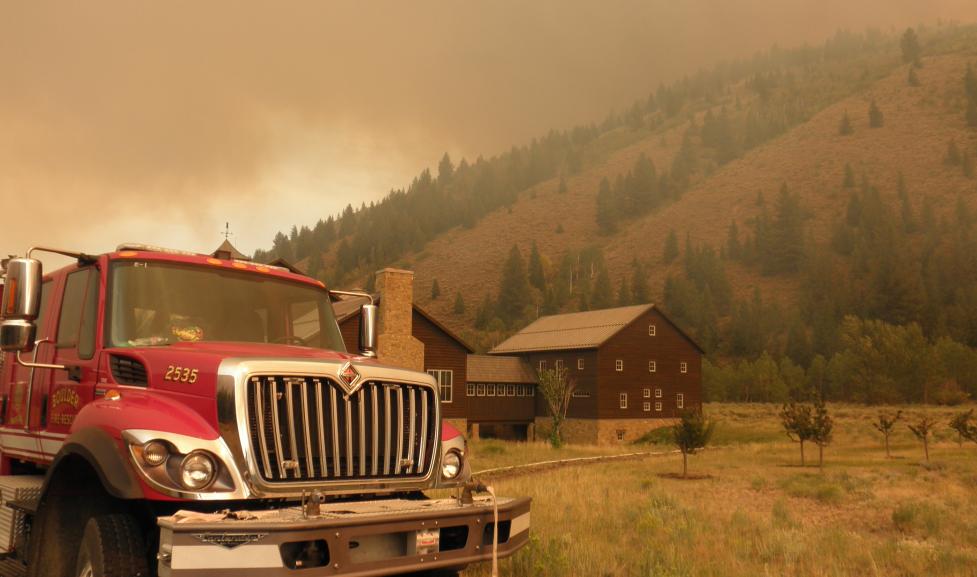Why is a Detailed Home Assessment important?
The wildfire threat to the City of Boulder has been well documented. The recent wildfires in our area underscore the need to take action by fully assessing our risk. Our Curbside Assessments provide valuable data to residents, homeowners and emergency responders as to the preparedness level of each home in the WUI while also helping homeowners be proactive in preparing their home for a wildfire event.
This project is intended to be among the first steps in creating a Fire Adapted Community within the City of Boulder. Creating Fire Adapted Communities is one of three tenants of the National Cohesive Strategy to prepare for wildfires. The two additional tenants are Resilient Landscapes and Enhancing Fire Response. We will be adding more information regarding these additional tenants to our webpage as soon as we are able.
